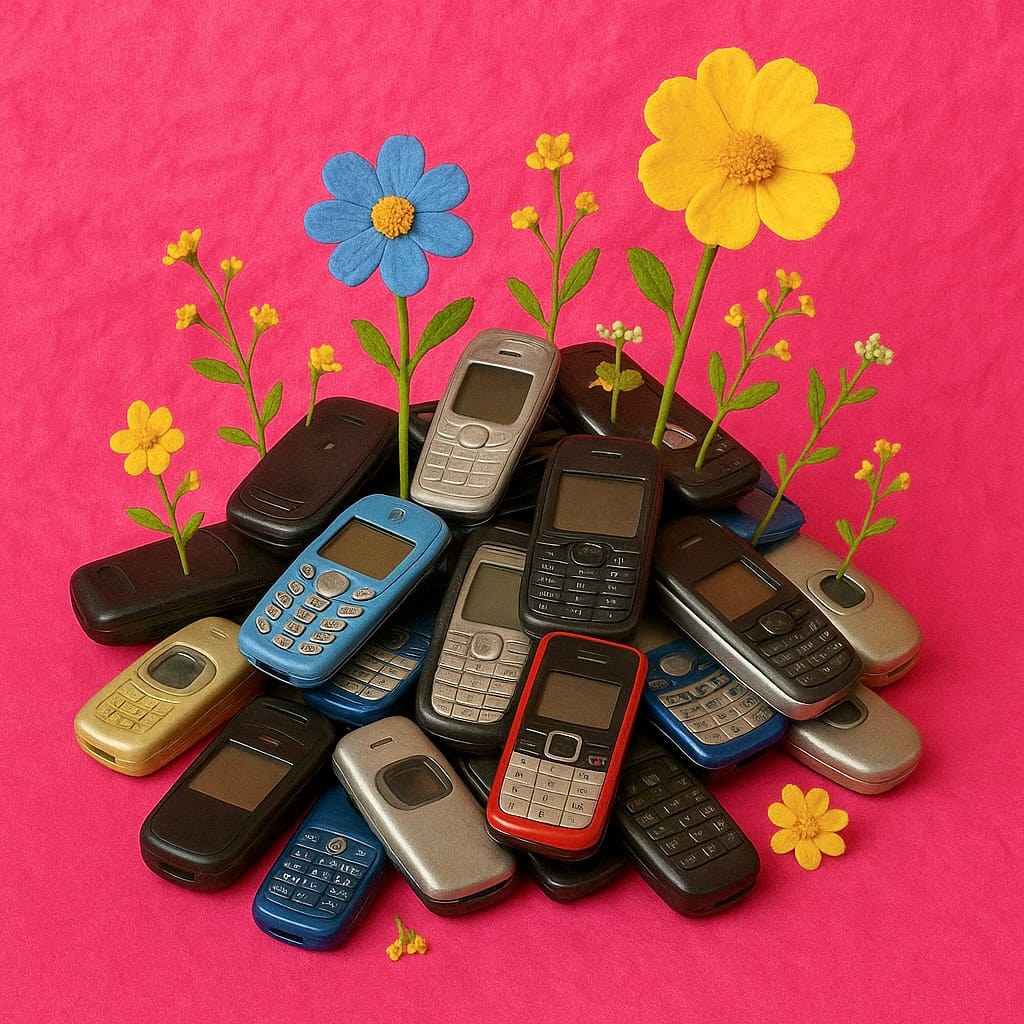The Tactile Era


In a world increasingly flattened behind glass, tactile phones offer something quietly radical: a return to feeling. Not metaphorical feeling — real, physical, sensory contact. Clicks, ridges, buttons, and textures that you can actually press, hold, and trust. These devices don’t beg for your attention with glowing screens or endless notifications. They respond with weight and resistance. They offer friction in the best possible way.
Tactile phones aren’t about nostalgia. They’re about reclaiming intention. Every press is a choice, not a guess. You know when you’ve answered a call because you felt the button press. You know when you’ve hung up. You can type without looking. Navigate without anxiety. There’s a kind of calm that comes from not second-guessing a touchscreen or hunting for invisible UI.
These devices aren’t trying to do everything. They’re trying to do a few things incredibly well — with physical certainty, mechanical honesty, and a design philosophy that favors presence over distraction. In the process, they remind us that touch isn’t just an input. It’s a language. One we’ve almost forgotten how to speak.
But it’s still there, waiting in your fingertips.
